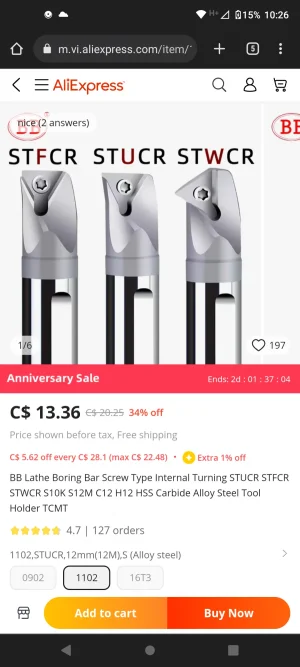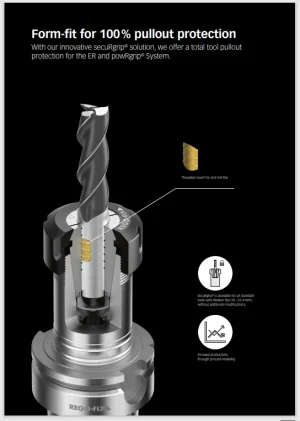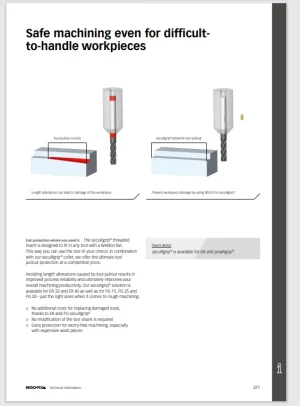I would say that the earlier advice, to avoid trying to tool up for EVERYTHING, is worth a look again. Tailor your purchases to what is on the table at the time, eventually, you will have what you need, to DO what you wanted! We mostly only have metalworking in common. What we don't have in common, is the intended end results! Some do Cars, others, Guns, others Clocks or Steam engines. The stuff that fits one guys needs, may not fit yours so well.
FWIW, I am a big huge fan, of using solid carbide end mills on Aluminum. Reason why? They last almost forever, and the leading cause of death of them, is running them into stuff while they are not spinning at speed!
I am also a HUGE fan of end mills with a radius on the corner, rather than a sharp tip. They simply last and last, until the user duffs them! The sharp point at the corner of each cutting edge, is THE most vulnerable part of the cutting surface of an end mill. Having even a small radius there, takes away almost all the risk of chipping the corner off and making your end mill into a donor for an ugly job! When you do not NEED a sharp 90 degree corner at the bottom of say, a key slot, the round corner will make the end mill that much more durable.
Works on HSS too, and HSS is a lot easier to hand stone the radius on to! I really like the Eze-Lap diamond files for this sort of work, as well as for final stoning of a HSS bit for the lathe!
FWIW, I am a big huge fan, of using solid carbide end mills on Aluminum. Reason why? They last almost forever, and the leading cause of death of them, is running them into stuff while they are not spinning at speed!
I am also a HUGE fan of end mills with a radius on the corner, rather than a sharp tip. They simply last and last, until the user duffs them! The sharp point at the corner of each cutting edge, is THE most vulnerable part of the cutting surface of an end mill. Having even a small radius there, takes away almost all the risk of chipping the corner off and making your end mill into a donor for an ugly job! When you do not NEED a sharp 90 degree corner at the bottom of say, a key slot, the round corner will make the end mill that much more durable.
Works on HSS too, and HSS is a lot easier to hand stone the radius on to! I really like the Eze-Lap diamond files for this sort of work, as well as for final stoning of a HSS bit for the lathe!




